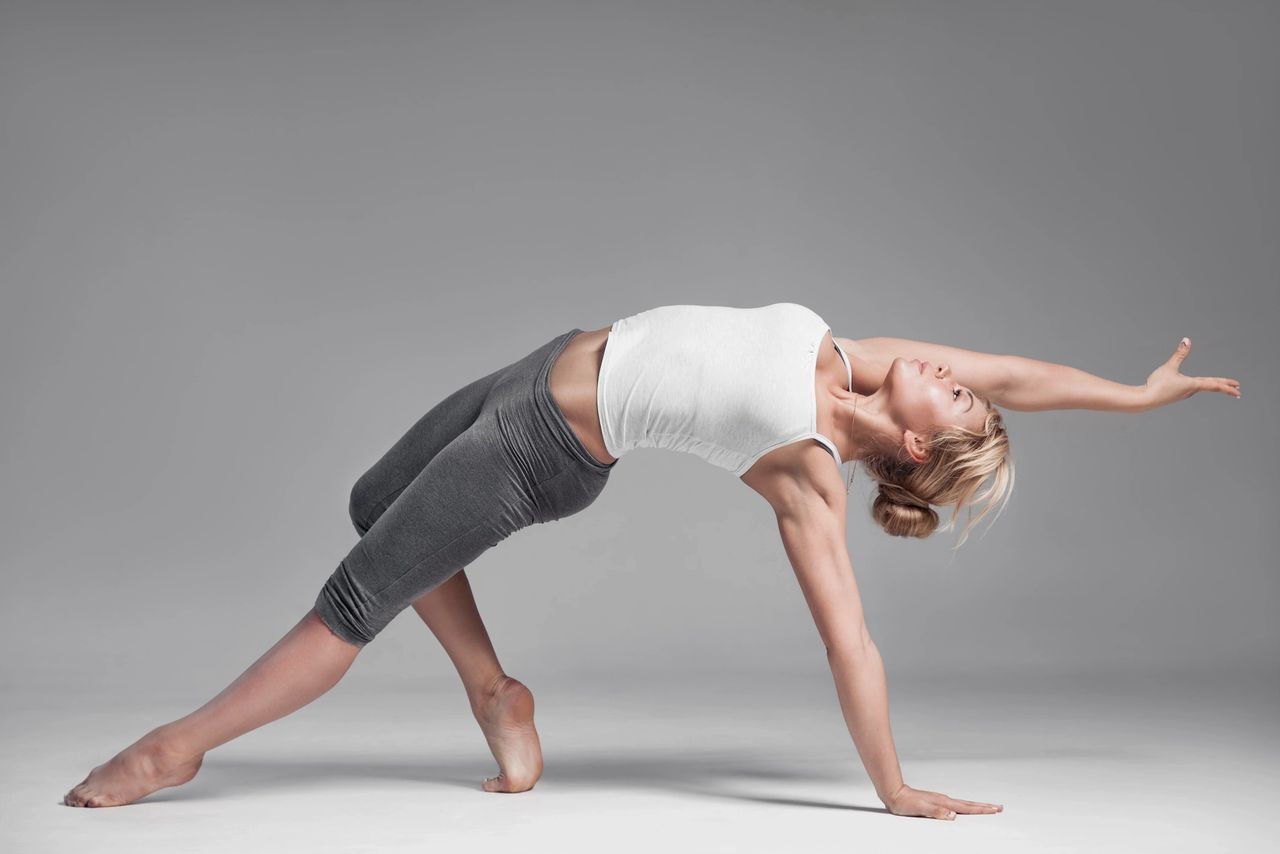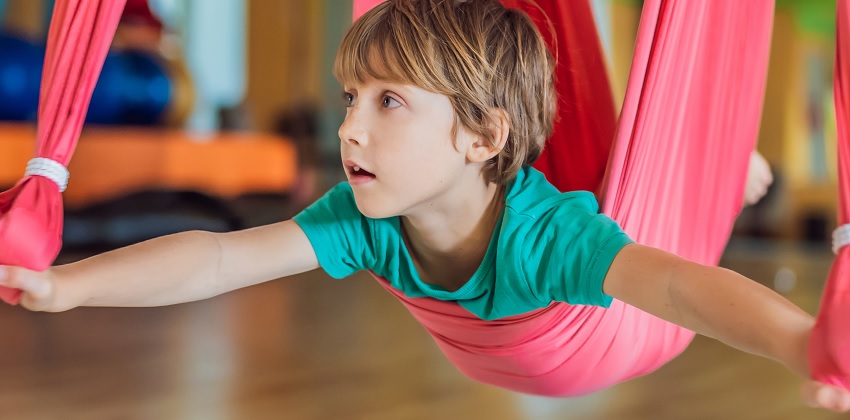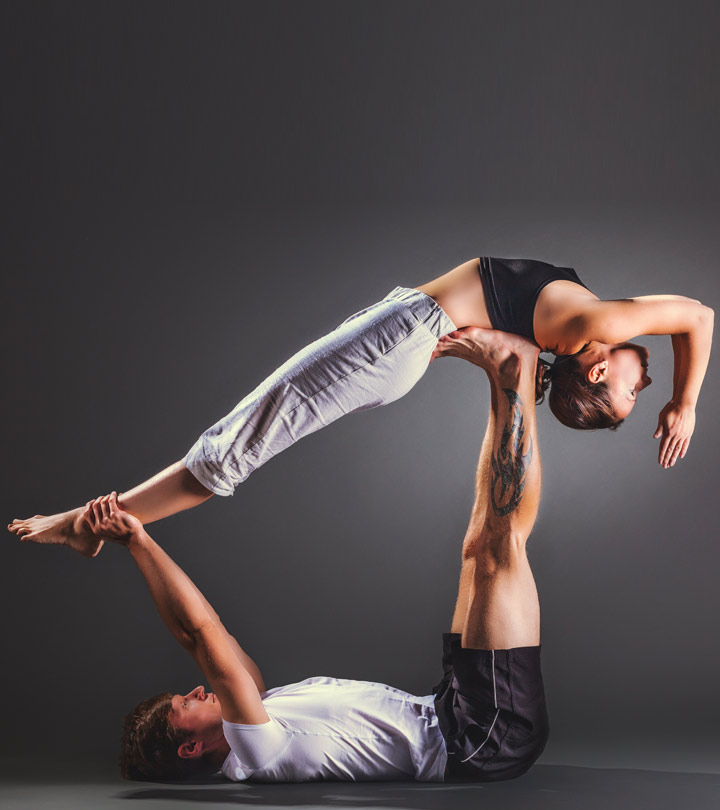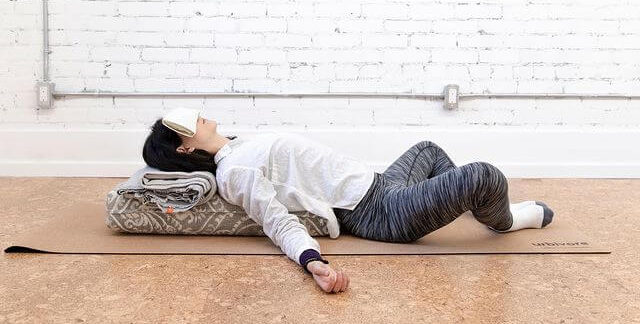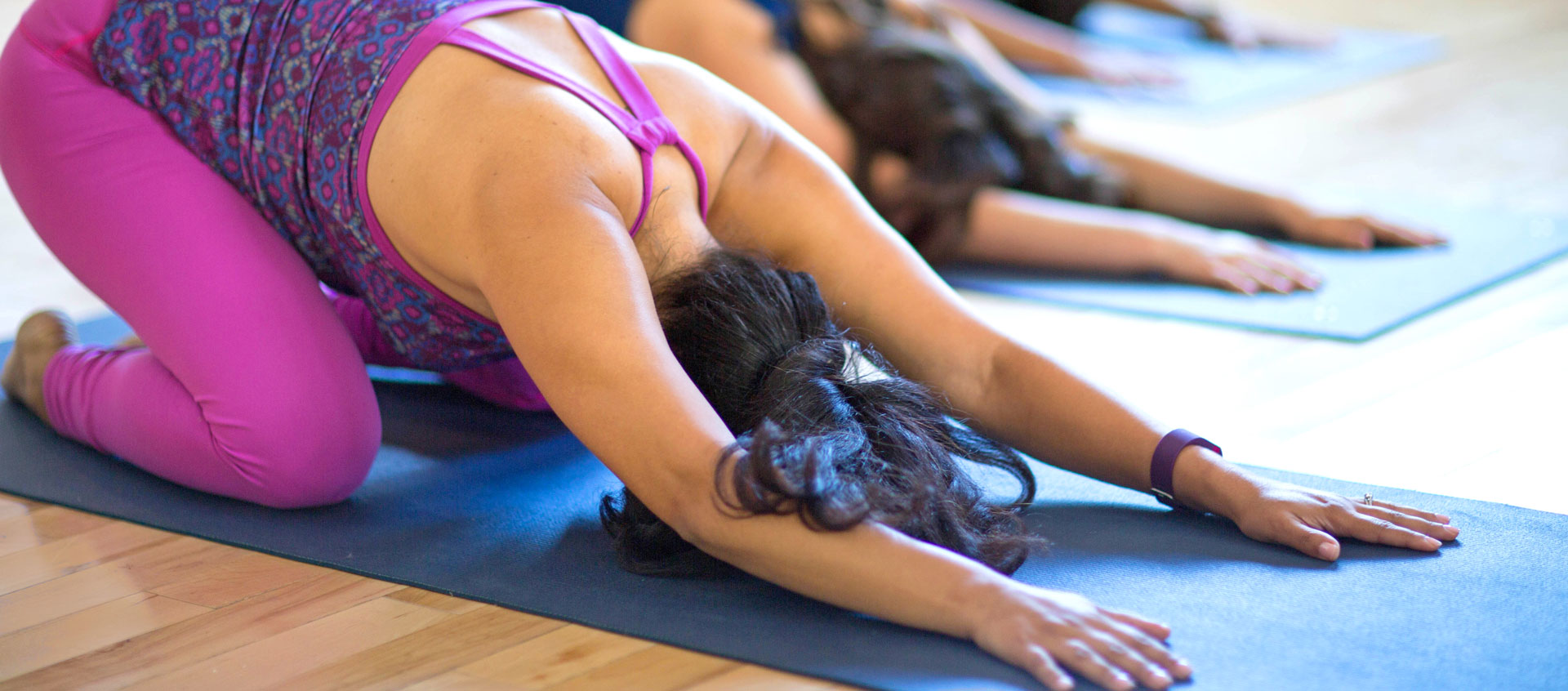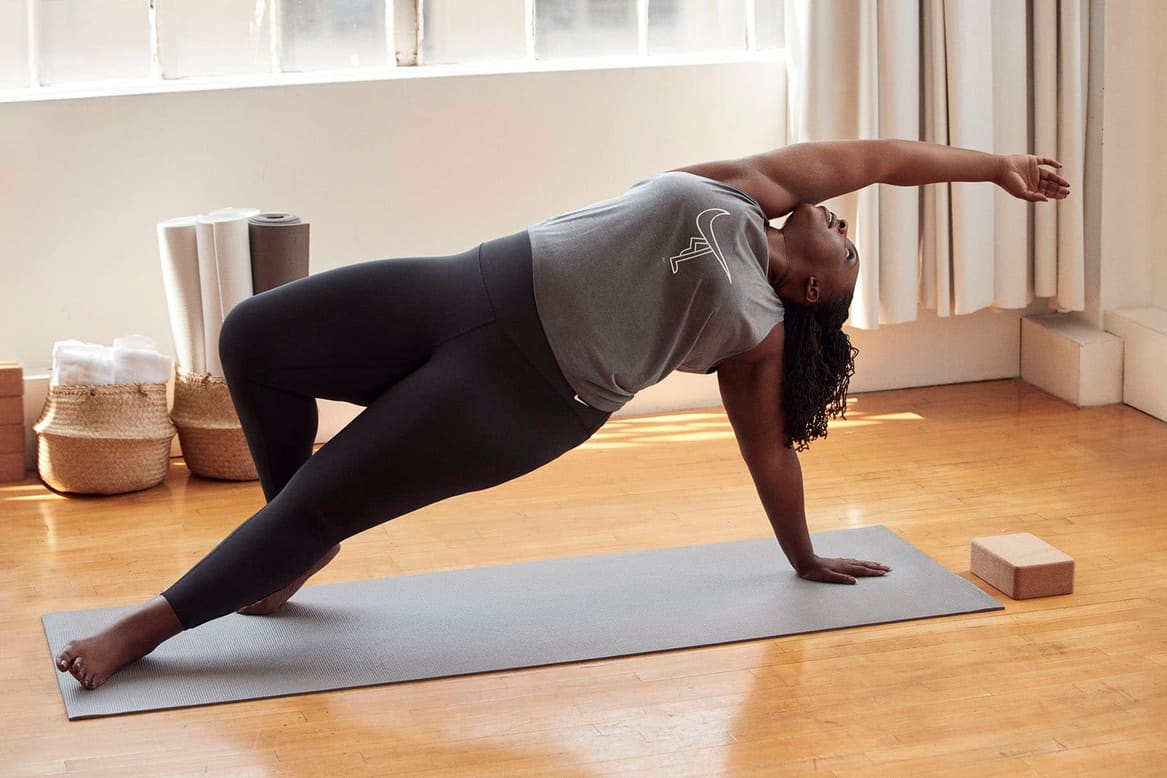ASHTANGA VINYASA YOGA- A BRIEF HISTORY

Ashtanga vinyasa yoga is a traditional system of practice with its roots being passed down through a lineage of teachers (Parampara).
Parampara
The Traditional Style of Spreading Right Knowledge
“Acknowledging the student/teacher lineage”
The Sanskrit word, Parampara, describes how to pass on the right knowledge from a teacher to a dedicated student. This system follows a strict code of honoring the line of teachers that have come before. In this tradition, knowledge must be shared with the student by building up slowly towards a personal practice. According to this system, the foundation and survival of a lineage depend on the connection and devotion between the student and teacher. One can see the teacher and student as links in an ever-growing chain. The student needs to practice with the total surrender of the mind, body, and ultimately one‘s ego. The only way that this valuable knowledge of Yoga can be acquired is through persistence, patience, sincere dedication, and trust in the teacher. Only after several years of study and practice under the guidance and support of the teacher, can the student progress on the path of sharing Parampara (right knowledge) with future students. The teacher‘s goal must be to share what they have learned exactly as their teacher shared the knowledge. The teacher has the responsibility to guide and support the student when they are stumbling on the path of yoga. This tradition of passing on knowledge through a clear lineage is practiced in[……]


